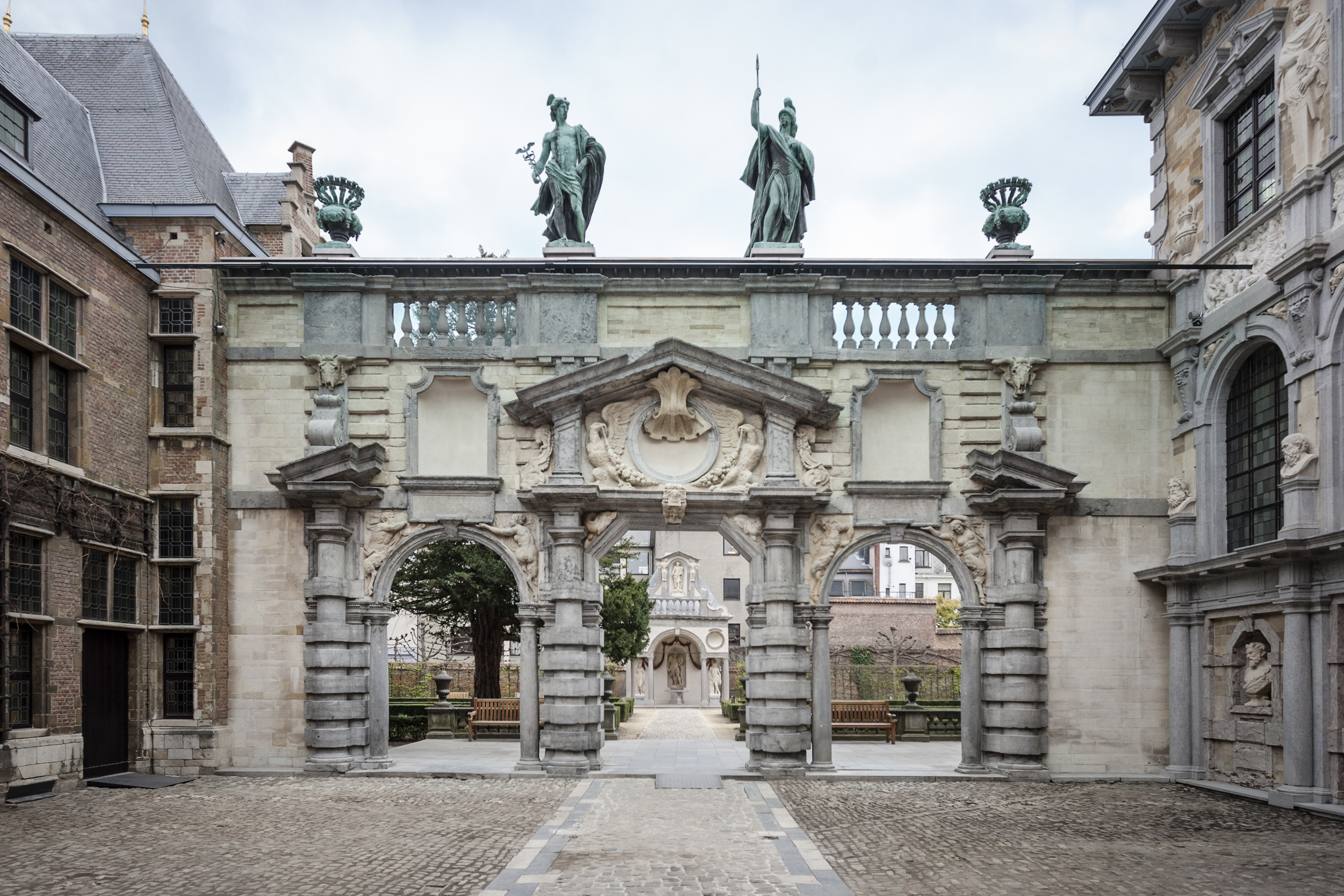
The imposing portico and garden pavilion at the Rubens House can now be viewed again by the public. After a year and a half, their restoration is complete. He designed both features himself, making them rare evidence of Rubens as an architect.
Following his return from Italy in 1608, Rubens introduced Antwerp to his fascination for classical and contemporary Italian architecture. He and his first wife Isabella Brant purchased a building and the accompanying land on the Wapper in Antwerp in 1610 and converted it into a self-designed Italian palazetto complete with semi-circular sculpture gallery, studio, and a beautiful garden. Rubens’s city palace made an overwhelming impression on his contemporaries. The monumental portico and the garden pavilion began to appear in paintings by the likes of Anthony van Dyck and Jacob Jordaens shortly after they were completed. Rubens himself frequently used the structures as settings for his own paintings too.
A combination of protective and conservation measures has given the portico and garden pavilion back their splendor, while the meticulous treatment of the sculptural details does full justice to them once more. The restored portico is protected by a glass butterfly awning to prevent erosion of the stone and to ward off pollution. Visitors can now enter Rubens’s home again in the way he intended: with a spectacular view of the portico and garden pavilion.
Meer informatie
